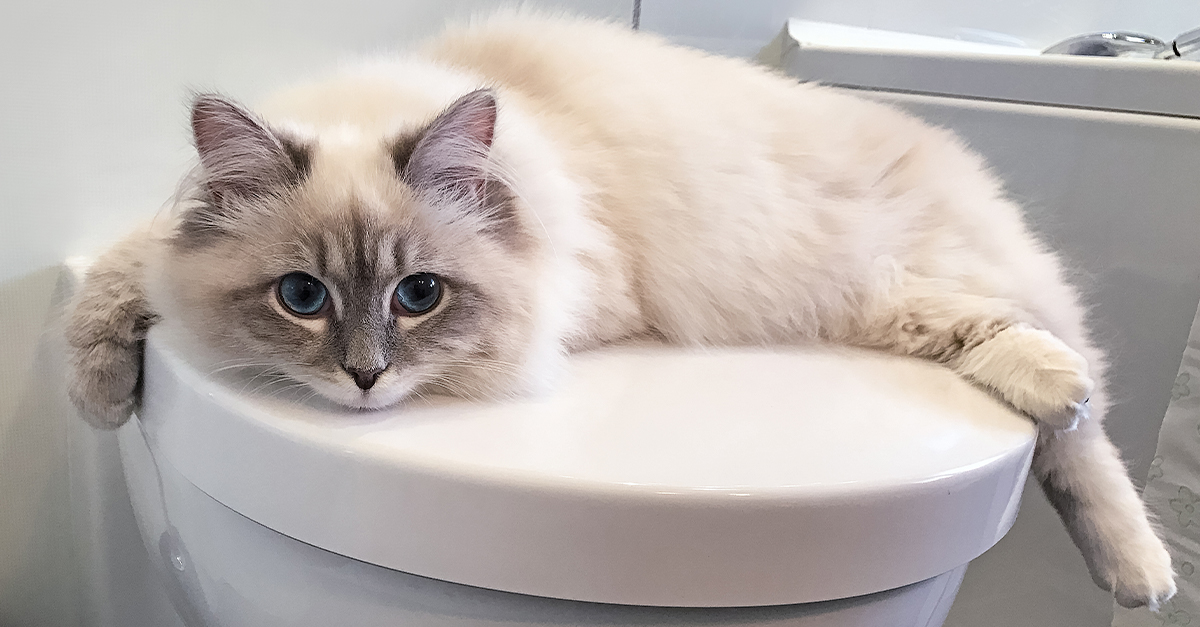The Hazards of Flushing Animal Waste Down the Toilet
The Hazards of Flushing Animal Waste Down the Toilet
Blog Article
The article on the next paragraphs relating to Why you should never flush dog poop down the toilet is fairly fascinating. You should take a look.

When it concerns dealing with waste, especially animal waste, lots of people frequently consider the convenient alternative of flushing it down the commode. Nevertheless, this seemingly simple solution can have severe effects for the environment and public health. In this article, we'll explore why flushing animal waste down the toilet is a poor concept and provide alternate techniques for proper disposal.
Introduction
Proper garbage disposal is important for maintaining environmental sustainability and public health. While it might appear safe to flush animal waste down the bathroom, it can lead to different issues, both for the setting and human well-being.
Risks of flushing animal waste
Ecological effect
Flushing pet waste presents hazardous microorganisms and microorganisms into rivers, which can adversely impact water ecosystems. These pathogens can contaminate water resources and harm aquatic life, interrupting fragile communities.
Public health problems
Pet waste contains dangerous bacteria such as E. coli and Salmonella, which can present major wellness dangers to human beings. Flushing pet waste down the toilet can infect water materials, causing the spread of illness and infections.
Alternatives to flushing
Instead of flushing animal waste down the bathroom, there are a number of alternative disposal techniques that are more eco-friendly and hygienic.
Composting
Composting animal waste is a green way to dispose of it. By composting, raw material is broken down right into nutrient-rich soil, which can be made use of to feed yards and plants.
Landfill disposal
Dealing with animal waste in a land fill is an additional choice. While not as environmentally friendly as composting, it is a much safer choice to flushing, as it stops the contamination of water resources.
Animal waste disposal systems
There are specific pet waste disposal systems readily available that securely and hygienically take care of animal waste. These systems often use enzymes to break down waste and get rid of smells.
Actions to appropriate animal waste disposal
To make sure proper disposal of pet waste, follow these steps:
Scooping and nabbing waste
Frequently scoop and bag animal waste using naturally degradable bags. This stops waste from polluting the atmosphere.
Using marked waste bins
Dispose of bagged pet waste in designated waste containers, such as compost bins or landfill containers. Stay clear of flushing it down the bathroom in any way expenses.
Cleaning up litter boxes and animal areas routinely
Consistently clean litter boxes and pet dog areas to stop the build-up of waste and microorganisms. Use pet-safe cleaning items to maintain hygiene.
Benefits of correct disposal methods
Adopting appropriate disposal techniques for animal waste provides a number of benefits:
Reduced environmental pollution
Appropriate disposal methods minimize the danger of environmental pollution, safeguarding waterways and ecological communities from contamination
Reduced risk of water contamination.
By avoiding flushing pet waste down the toilet, the risk of water contamination is considerably lowered, safeguarding public health.
Improved cleanliness and health
Correct disposal methods promote far better cleanliness and hygiene, creating a safer environment for both humans and animals.
Final thought
To conclude, purging animal waste down the commode is hazardous to the setting and public health. By taking on alternate disposal techniques and following correct waste management techniques, we can decrease the negative impact of pet waste and contribute to a cleaner, much healthier earth.
What To Do With Dog Poo – The Do's more info And Don'ts Of Disposing Of Faeces
Dog poo bins
Some councils provide dedicated dog waste bins in popular dog-walking areas that can take dog poo that has been bagged but you can legally dispose of dog waste in any public litter bin, as long as it is securely bagged. This also applies to your wheelie bin at home.
Do not flush
Water companies do not recommend flushing dog faeces down the toilet because certain parasites can survive the water processing treatment and are potentially harmful to humans. You should also never consider flushing dog poo that has been bagged down the toilet as the bags will not break down and instead create severe blockages in the sewage system.
In the woods
The Forestry Commission promotes a ‘stick and flick’ method for dealing with waste in the woods. This means finding a stick and using it to flick any poo from off the path so that it is out of the way of other walkers. You could also bury it as long as it is not in an area where there might be livestock.
Livestock
Parasites found in dog poo can be transmitted to livestock if they inadvertently eat infected faeces that has been left on grazing land. This could result in the death of sheep or abortion in cattle so you should always make sure you pick up your dog’s waste in fields where livestock could be present.

I recently found that piece of writing on Why you should never flush dog poop down the toilet when doing a lookup on the internet. Sharing is caring. Helping others is fun. I praise you for your time. Return soon.
Website Report this page